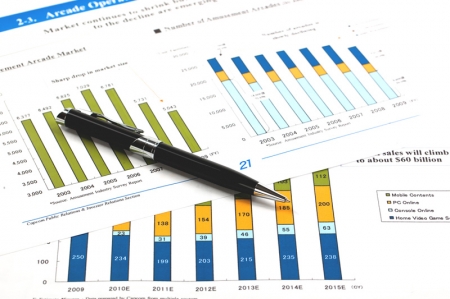
By Santiago Limachi and Lucinda Elliott
CONCEPCION, Bolivia (Reuters) – In Bolivia’s lowland region of Santa Cruz, farmer Mario Guasasi packed up his belongings this week, putting mattresses, food, and bed frames into a truck in a bid to escape rapidly approaching fires that are among the worst the country has seen.
The southern hemisphere nation has recorded the largest number of outbreaks of wildfires in 14 years, with 3 million hectares (7.5 million acres) of land burned already this year and peak fire season still ahead.
Neighboring Brazil is also suffering a torrid beginning to the season, with blazes in major cities and in the Amazon (NASDAQ:AMZN) rainforest off to their worst start in 20 years, after a record drought aggravated by global warming.
“We are evacuating because of the fire,” Guasasi told Reuters outside his home in Concepcion, on the edge of the Amazon rainforest and one of the worst affected areas of Bolivia.
“We are afraid of the fire getting here. My house might burn, and then what will we do?”
Bolivia has registered 36,800 fire outbreaks so far this year, second only to a record year for blazes in 2010, according to satellite data from Brazil’s space research agency Inpe, which monitors fires across the continent.
Yellow-suited firefighters have been trying to counter the blazes and evacuate villages as fires have torn through the landscape.
“The fire front goes on for miles,” said commander Wilson Lupa, who heads a firefighting operation, as foliage burned behind him and smoke rose into the sky.
Milton Villavicencio Duran, who works to restore wooden pews and statues in churches damaged by the fires, told Reuters that at times the smog was so thick the landscape was entirely obscured.
“The sky is covered with smoke,” he said.
Around 3 million hectares have burned as of August and the total figure for 2024 is expected to rise sharply, with the season lasting until December.
‘THE FIRE BURNS EVERYTHING’
South America overall is bracing for an intense fire season that usually peaks in August and September before spring rains arrive. Unusually early and intense fires followed a drought that has dried out vegetation in much of the region.
In Bolivia, walls of flames engulfed tracts of dry land in Concepcion as a single helicopter overhead used a bucket to tackle the blazes.
With its firefighting teams stretched, Bolivia’s government has called for international aid. Indigenous volunteers tried to protect land they use to grow crops and feed livestock near the Chiquitano forest north of Concepcion that extends towards Brazil and Paraguay.
“We live from agriculture and now nothing grows, everything is dry,” said Maria Suarez Moconho, an Indigenous community chief who leads the group of volunteers and said conditions were having a devastating impact on water and food supplies. “The fire burns everything.”
The country has seen major land clearances in the last decade as production of gas, Bolivia’s former top export, has dwindled. Instead focus has turned towards crops such as soy and cattle farming, much of which is sent to China.
The government has granted more permissions to use slash-and-burn methods to clear land, boosting beef production to a record last year, official data show. Fines for illegal burning – less than 2 bolivianos (30 U.S. cents) per hectare – are too low, said climate policy specialist Pablo Solon.
Land development had led to a situation where “more and more land is burned,” said Cecilia Requena, an opposition lawmaker and environmental committee head.
“Often these become completely uncontrolled forest fires,” she said.
Vice Minister of Defense Juan Carlos Calvimontes confirmed on Wednesday during a press conference that almost 68% of the burned areas were pastures. “Who burns pasture? You know this is from cattle ranching,” he said.

Adalid Ordonez Palachay, parish priest of Concepcion cathedral, said the blazes threatened the lowland region’s distinctive wooden churches, burning artifacts and buildings.
“We live in constant danger from the fires,” he said.
This post is originally published on INVESTING.




